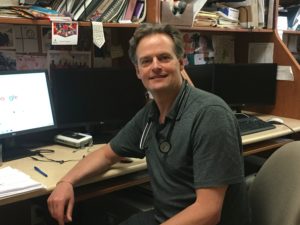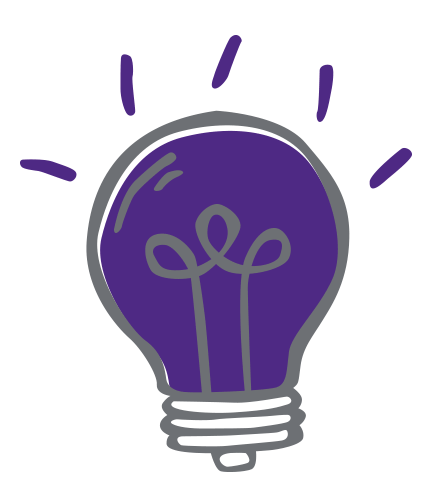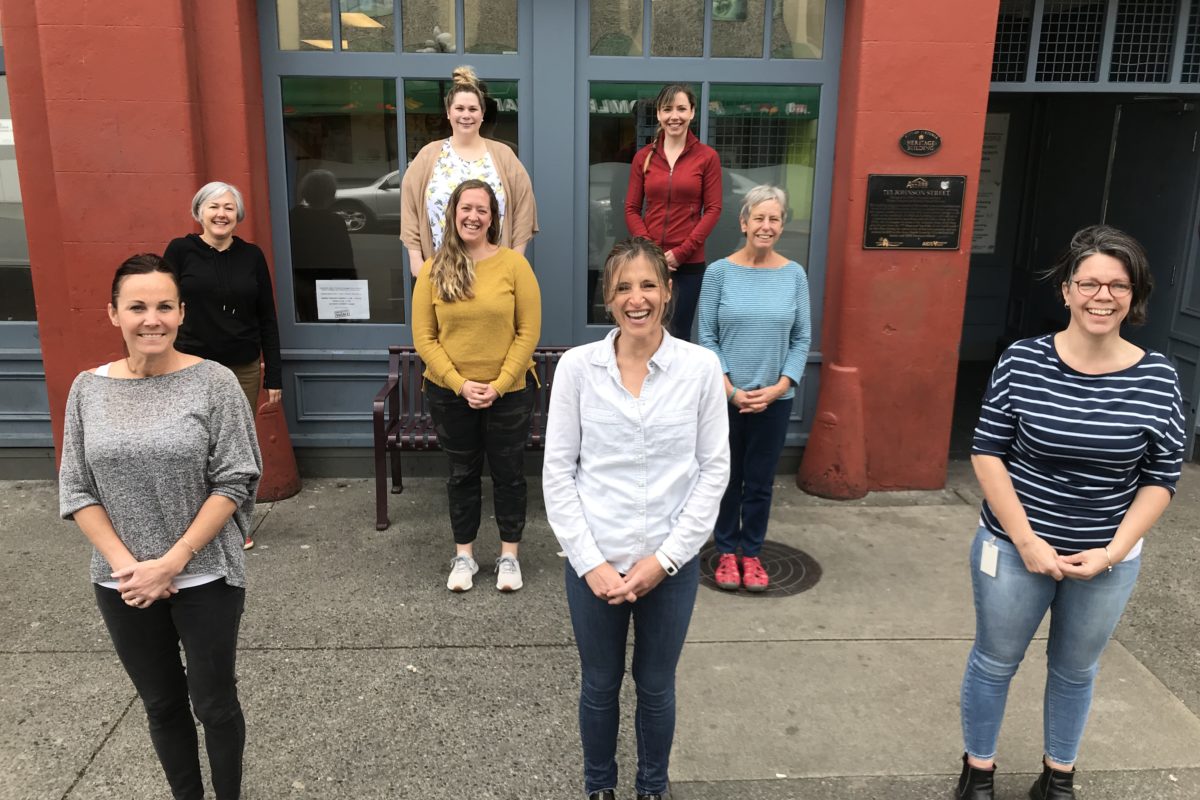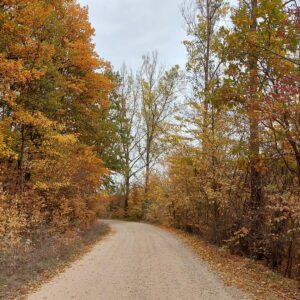As the second half of 2020 nears, we prepare ourselves for yet another season during the COVID-19 pandemic. For some, this means another month working on the frontline to protect the health and safety of our community. This includes Cool Aid’s Medical Services Team, a strong group of individuals who have been working around the clock to best support the needs of clients and other vulnerable community members. In an effort to recognize and record the efforts of these health professionals, we conducted a series of interviews with team members to hear about their collective experience. To kick off the COVID-19 Chronicles, we met with the wonderful Dr. Chris Fraser, Medical Director of Cool Aid’s Community Access Health Centre and Clinical Faculty Member of UBC’s Faculty of Medicine, specializing in inner-city medicine (AKA syndemic medicine).

Who are the people you treat at the Cool Aid Community Health Centre?
Our patients are typically living with chronic poverty, unstable housing and addictions and have other related illnesses such as Hepatitis C and HIV.
As an infectious disease expert, you knew the pandemic was coming before many others did. How did you prepare the Cool Aid Medical team?
I’ve been paying close attention to information coming from China and the World Health Organization, as well as closely monitoring how COVID-19 took root in Italy. It became evident that we had to take action immediately to be prepared and start changing the way we operate. Our goal was to avoid sudden impact on the healthcare system that we saw in Italy, New York and parts of China.
We immediately moved to providing healthcare by phone and email, setting up virtual kiosks at the shelters and implementing social distance protocols within the clinic.
What were some of the main challenges you face because of COVID-19?
One of our biggest challenges is the limited availability of testing kits through Public Health. We essentially had to prepare our team of medical professionals to be active without tests, develop other diagnostics and prepare for the public responses. Supply shortages are an ongoing challenge.
Are you optimistic that we’ll survive this pandemic?
I think BC Public Health has shown excellent leadership in maintaining our safety. I have nothing but admiration for what they’ve done despite the lack of testing abilities and supply shortages such as PPE and disinfectants.
The medical and scientific community has been extremely active in working on vaccine trials and it gives me hope that there will be a vaccine within 18 months. Through my work in infectious disease, I was able to gain firsthand knowledge of the trial drug Remdesivir, which is showing strong promise in treating this illness.
Why such a focus on testing vulnerable populations?
We were fortunate here in Victoria in that we had the ability to perform screening of shelters and homeless encampments.
So far COVID-19 has not hit the streets of Victoria, which is excellent news. We were very concerned that if the virus were to hit our vulnerable population — people with lung-related illnesses, who are malnourished, who are active in addiction or who are immunocompromised, such as those living with HIV — they would be hit hard. And because people who are homeless or under-housed can’t self-isolate in the same way, we were afraid this would contribute to the rapid spread of the disease and overwhelm our healthcare system.
We were very much spared this wave and now the key is to really keep up testing and surveillance to make sure nothing goes sideways as we reopen and reduce social distancing. I think the government has a very good plan of reopening in phases with a lot of monitoring along the way, and then we’ll see what happens when we face our second wave.
What can we expect during the second wave?
The second wave, according to what we’ve learned from other viruses, will occur sometime in the fall in September, October and November. In the meantime, we’re learning everything we can about this virus. It’s not the flu. COVID-19 is its own virus. It’s a lung virus but it also very much appears to be a vascular virus too. And so the data has been really surprising us. I spend about half an hour to one hour a day just reviewing clinical scientific information and trying to learn as much as I can on the fly about this illness. What I’m telling you today on May 8th, will probably be very different in September. There would probably be new information on early detection, for example.
One way of screening that’s being carried out is by using peanut butter to gauge people’s sense of smell. The lack of sense of smell has come through very strongly as an early sign of COVID-19 because the virus lands in that part of our nose. We haven’t used that here at Cool Aid, though. Our priority is to get out there and get people tested. So when the second wave hits, we will be more informed, better prepared, and hopefully have the same positive results.
What is CAMICO?
What is it like for your team visiting homeless camps during the pandemic?
We feel a lot of concern for their vulnerability, especially the younger people who end up in this situation and really are only there because they don’t have any other choices. But there is also hope because you see people who know that this is not a healthy location for them and want better for themselves. So it’s a very complex reaction.
Generally, we feel very welcomed when we provide health services and campers appreciate the supports being brought to them. The tests are unpleasant as it involves an invasive swab up the nasal passages for 10 seconds. But our street community has been remarkably cooperative.
What is the link between healthcare and permanent housing?
Healthcare can be a powerful way of engagement but the key is meeting people where they’re at. Some people just want harm reduction services along with education and safety, so link people into using in a safer way. We find that when people know these services are available and easy to access, they will come to us for help. When we take down barriers, many come to us for help with their addiction or mental or physical health issues. For some, sheltering can lead to better healthcare, and for others, better health can lead to better housing.
While we think harm reduction is essential, at the end of the day if we can help people reduce their drug use, not just reduce the harm of drug use, people can move forward in their lives and experience a much better outcome.
To learn more about the amazing work that the Victoria Cool Aid Society does please visit coolaid.org.












